1994
In 1959, the Hutu had seized power in Rwanda and were stripping Tutsi communities off their lands. Many Tutsis retreated to exile in neighbouring countries, where they formed the Rwandan Patriotic Front (RPF). In 1990, RPF rebels seized the moment and initiated a civil war. A ceasefire was achieved in 1993, followed by UN efforts to negotiate a new multi-party constitution but Hutu leaders and extremists fiercely opposed any Tutsi involvement in government.
On 6 April 1994 the plane carrying Rwanda’s President Juvenal Habyarimana and Burundi’s President, Cyprien Ntaryamirawas shot down. This was the trigger for the Hutus’ planned “Final Solution” to begin. The Tutsis were accused of killing Rwandan President Habyarimana and Hutu civilians were told that it was their duty to murder en masse the Tutsis population of Rwanda. Initially, moderate Hutus who were not anti-Tutsi were murdered as well as the Tutsi wives or husbands of Hutus. The genocide began.
Up to a million people died before the RPF was able to take full control. No one tried to keep the genocide in Rwanda a secret. There was even a UN force (UNAMIR) in place, monitoring the ceasefire and obliged to watch as people were killed. UNAMIR Commander Romeo Dallaire did his best to protect trapped foreigners and the Tutsi population. Dallaire was ordered to withdraw the UNAMIR troops from Rwanda.
The genocide was carried out using machetes and clubs. Where the killers encountered opposition, the Army backed them up with manpower and weapons.
Local officials assisted in rounding up victims and provided suitable locations for the executions. Thousands of Tutsi men, women, children, and babies were killed in schools. They were also killed in churches as most clergymen colluded in the crime.
The definition of genocide was an international sticking point. There had been at least ten clear warnings to the UN of the Hutu actions, including a telegram from the UNAMIR commander to the then UN Secretary General, Boutros-Ghali three months before the event. The UN Security Council met in secret after the start of the violence. At this meeting, Britain urged that UNAMIR should pull out. Council members resisted admitting that the mass murder being pursued in front of the global media was in fact genocide because genocide involved action that no one was willing to take.
Around two million Hutu perpetrators, their families and supporters, and anyone else who feared reprisals, even simply for being Hutu, fled the Rwandan borders, at least half of them to Congo.
